Tender & Flaky Gluten-Free Pie Crust
4.8
(26)
Your folders
Your folders
Prep Time: 45 minutes
Cook Time: 45 minutes
Total: 210 minutes
Servings: 8
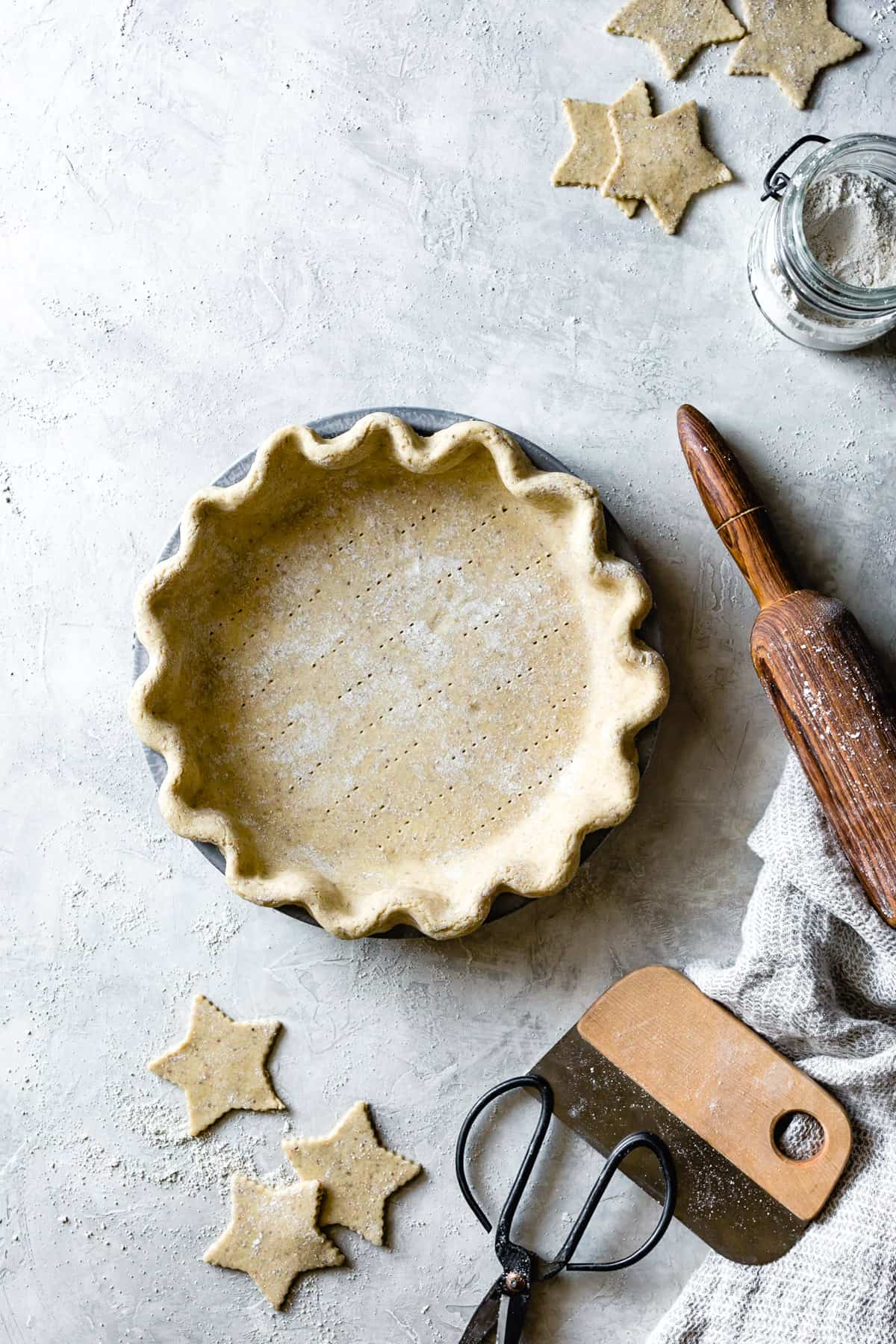
Ingredients
Export 7 ingredients for grocery delivery
Instructions
Step 1
In a large bowl, combine the sweet rice, oat, and millet flours with the cornstarch, tapioca flour, ground flax or chia seed, sugar, and salt.
Step 2
Scatter the butter pieces over the top, and work in the butter with a pastry blender or your fingers until the mixture resembles gravel, with lots of butter chunks the size of almonds or large peas.
Step 3
Stir together 6 tablespoons of the ice water, drained, with the apple cider vinegar or lemon juice. Sprinkle the water into the flour mixture 1 tablespoon at a time, tossing the dough with a flexible silicone spatula to moisten it evenly.
Step 4
Give the dough a sueeze: it should hold together easily without feeling overly wet or sticky. Toss in more ice water by the teaspoon until this texture is achieved, adding it directly to the dry floury bits that like to hang out on the bottom of the bowl. You may need up to 8 tablespoons of ice water, total (I always need the full amount but you may need more or less depending on how cold your butter is!). Note that this dough should feel more moist than a wheat flour dough. These GF flours perform better with more hydration and we don't have to worry about making it too moist because there are no glutens to turn tough.
Step 5
Fraisage the dough: dump the crumbly dough out onto a clean counter or work surface. Working quickly in order to keep the butter cold, use the heel of your hand to scrape portions of dough across the counter.
Step 6
Use a metal bench scraper to scrape up the dough and gather it into a ball. Flatten it into a disk and wrap the dough in plastic wrap, a plastic bag, or beeswax wrap. Chill until firm, 30-60 minutes or up to 24 hours.
Step 7
If using a food processor, combine the flours and starches, sugar, salt, and ground chia / flax seed in the bowl of a food processor. Scatter the butter pieces over the flours but don't pulse just yet! Stir together 6 tablespoons of the ice water, drained, with the vinegar or lemon juice.
Step 8
Open the feed tube and pour in the ice water in a slow and steady stream as you pulse the mixer. Squeeze the dough; it should hold together easily without feeling overly wet or sticky, and there should be large pea-sized butter pieces throughout. Gently pulse in more ice water by the teaspoon until this texture is achieved. Note that the dough should feel more moist than a wheat flour dough.
Step 9
Gather the dough into a ball, flatten it into a disk, wrap in plastic wrap, a plastic bag, or beeswax wrap and chill until firm, 30-60 minutes or up to 24 hours. It's not necessary to fraisage the dough if using this method since the butter gets broken down into smaller pieces.
Step 10
Whichever method you've used (by hand or in a food processor), remove the dough from the fridge, unwrap, and place it on clean work surface dusted lightly with oat flour. If the dough is very cold, it may need to soften for 5-10 minutes to make it easier to roll. (Note that if you don't have a metal bench scraper to move the dough around, it's best to roll out the dough on a sheet of parchment paper.)
Step 11
Using a rolling pin, begin to press and roll the dough out into a large ¼-inch thick oval. The dough will crack and tear at first and that's ok, just smush it back together. Periodically dust the dough with oat flour, sweeping excess flour away with a dry pastry brush. Use the bench scraper to flip the dough over occasionally, dusting the dough with flour to keep it from sticking.
Step 12
As you work, if the butter starts to soften or stick to the surface, pop it back in the fridge to firm up for 5-10 minutes.
Step 13
Once the dough is rolled out to ¼-inch thickness, fold it in thirds like folding a letter. Then fold it in thirds the other way. Flatten the folded dough slightly, re-wrap, and chill until firm, 30-60 minutes or up to 24 hours.
Step 14
Repeat the turning process one more time. The dough will become more and more cohesive and pliable as you work with it, which will make it easier to shape and help it bake up tender and flaky.
Step 15
Wrap the dough and chill it again until firm, 30-60 minutes and up to 2 days. Or freeze the dough for up to 1 year until ready to use.
Step 16
Remove the dough from the fridge, unwrap, and place on a lightly floured surface. Roll out the dough into a 12-inch circle, dusting the dough lightly with oat flour flour as needed, rotating and flipping it to prevent it from sticking.
Step 17
Ease the dough into a 9-inch glass pie plate, fit it into the corners, and trim it to a 1-inch overhang. (Save the scraps to patch any tears in the dough post-parbaking.) Fold the overhang of the crust under itself, and flute the crust by pressing it between the thumb of one hand and the index finger and thumb of the other hand.
Step 18
Prick the bottom of the crust all over with the tines of a fork (this is called "docking"). Chill the crust until firm, 30-60 minutes (or cover and chill for up to 24 hours, or freeze for up to several months.)
Step 19
Position a rack in the lower third of the oven and preheat to 400ºF.
Step 20
Place the chilled crust on a rimmed baking sheet. Line it with a piece of parchment paper, and fill to the top with pie weights, dry beans, or clean pennies, gently pressing the weights into the sides and corners of the crust.
Step 21
Bake the crust for 15-30 minutes (shorter for a metal pan, longer for a glass pan), until the edges are golden and the dough will hold its shape when you lift off the parchment. Carefully remove the weights and parchment and bake until the bottom is dry and lightly golden, about 8-12 minutes longer (for a parbaked crust) or until deeply golden, 15-20 minutes (for a fully baked crust). Use the saved scraps of dough to patch any holes, cracks, or tears in the dough, baking for a few more minutes post-patching.
Step 22
Proceed with your pie recipe!
Top similar recipes
Curated for youYour folders
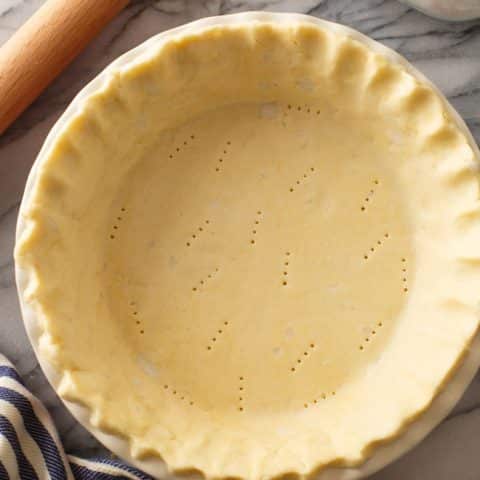
 246 views
246 viewsFlaky Gluten Free Pie Crust
asaucykitchen.com
4.8
(48)
Your folders
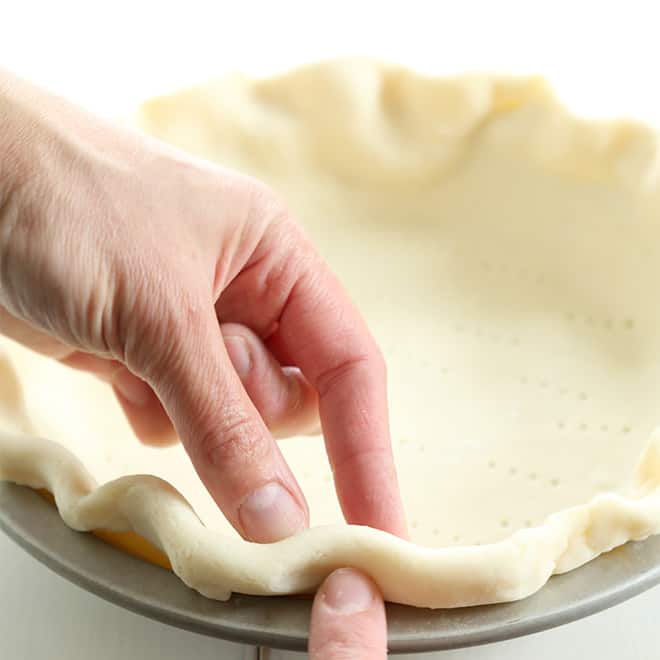
 360 views
360 viewsExtra Flaky Gluten Free Pie Crust
glutenfreeonashoestring.com
5.0
(1.0k)
10 minutes
Your folders
 400 views
400 viewsExtra Flaky Gluten Free Pie Crust
glutenfreeonashoestring.com
Your folders

 198 views
198 viewsFlaky Gluten-Free Pie Crust (Vegan)
minimalistbaker.com
20 minutes
Your folders

 127 views
127 viewsExtra Flaky Gluten Free Pie Crust
glutenfreeonashoestring.com
5.0
(1.3k)
10 minutes
Your folders

 309 views
309 viewsFlaky All Butter Gluten Free Pie Cr...
letthemeatgfcake.com
4.7
(66)
20 minutes
Your folders

 190 views
190 viewsTender Flaky Butter and Shortening ...
crumbsnatched.com
Your folders

 221 views
221 viewsExtra Flaky All-Butter Gluten Free ...
theloopywhisk.com
5.0
(10)
Your folders
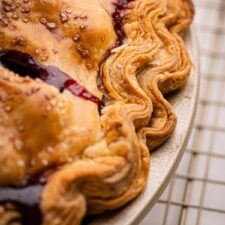
 120 views
120 viewsFlaky Pie Crust
everydaypie.com
4.7
(16)
Your folders

 26 views
26 viewsFlaky Pie Crust
cooking.nytimes.com
4.0
(515)
5 minutes
Your folders
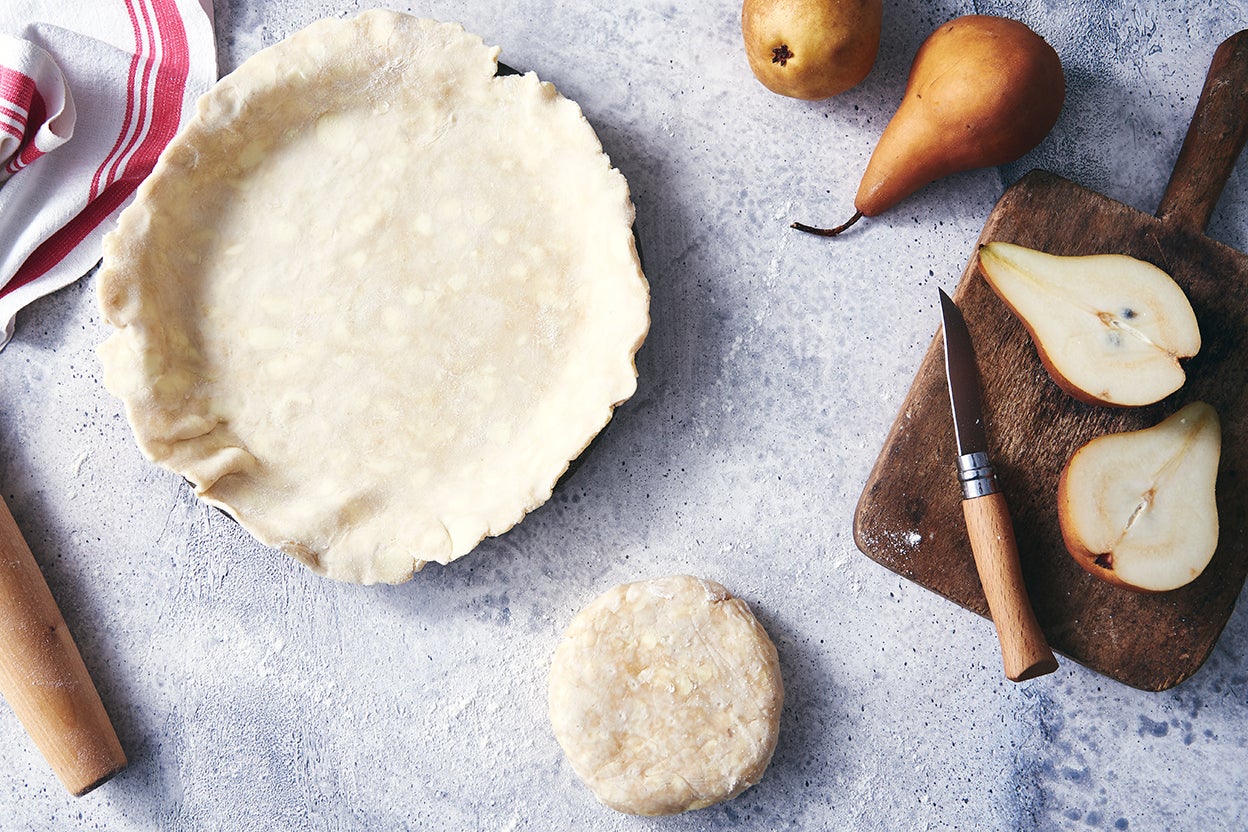
 248 views
248 viewsTender Pie Crust
kingarthurbaking.com
4.2
(9)
Your folders
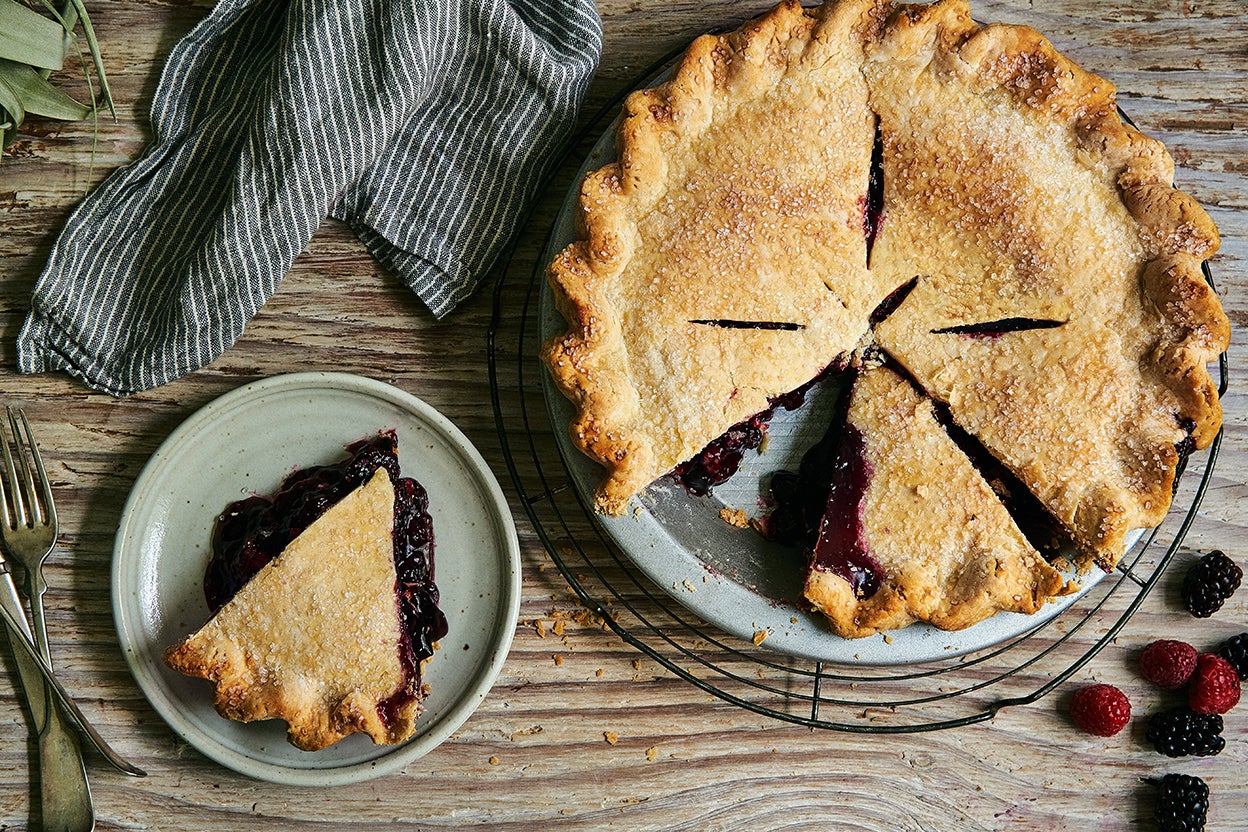
 622 views
622 viewsGluten-Free Pie Crust
kingarthurbaking.com
4.6
(130)
40 minutes
Your folders

 455 views
455 viewsGluten Free Pie Crust
thereislifeafterwheat.com
4.4
(70)
20 minutes
Your folders
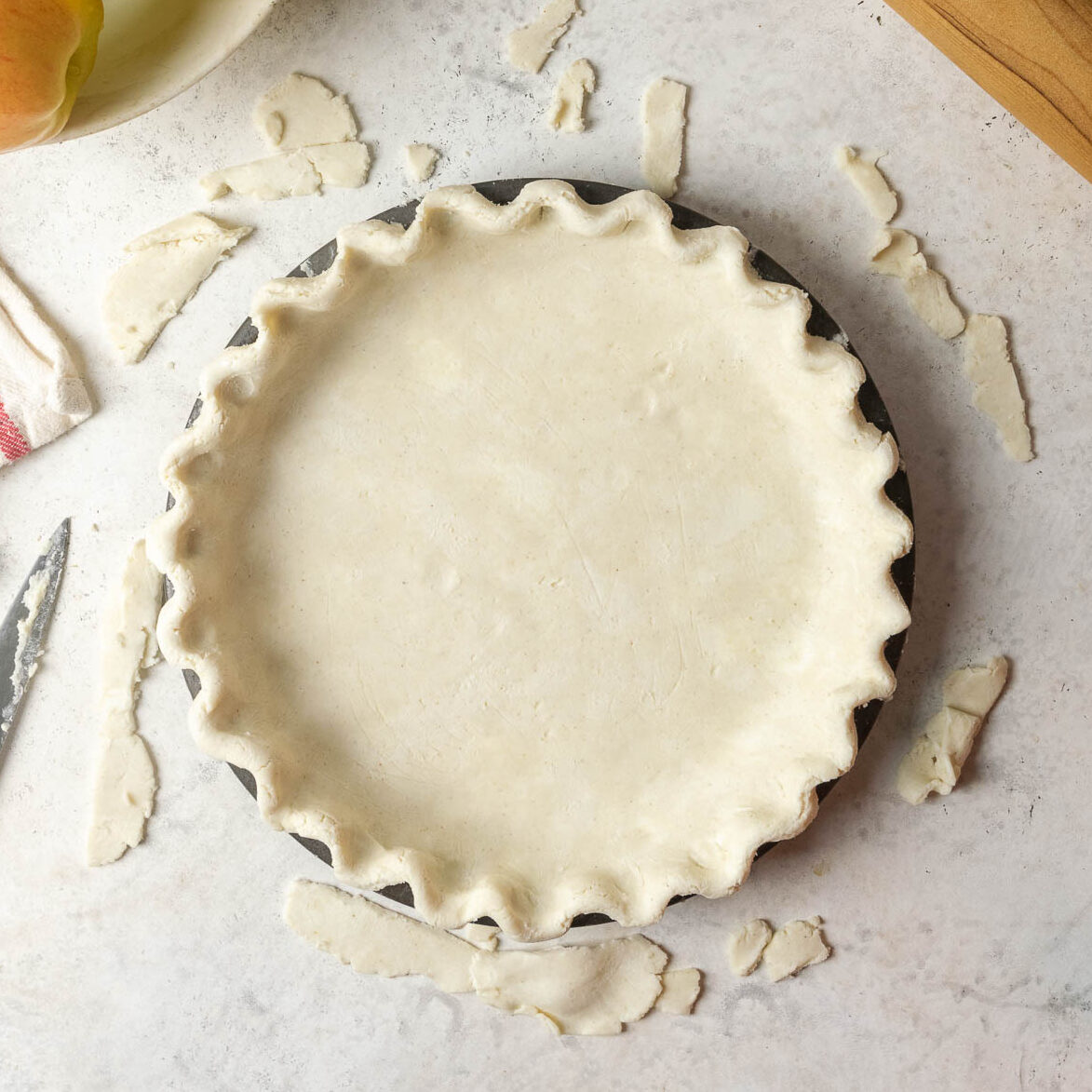
 101 views
101 viewsGluten Free Pie Crust
wellfedbaker.com
5.0
(5)
Your folders

 284 views
284 viewsTender & Flaky Homemade Biscuit...
zoebakes.com
5.0
(2)
Your folders

 349 views
349 viewsExtra-Flaky Pie Crust
cooking.nytimes.com
4.0
(205)
Your folders

 576 views
576 viewsFlaky Vegan Pie Crust
ilovevegan.com
5.0
(1)
Your folders

 480 views
480 viewsPerfectly Flaky Pie Crust
foodnetwork.com
4.6
(63)
Your folders

 230 views
230 viewsFoolproof Flaky Pie Crust
completelydelicious.com
4.7
(22)